Writer’s Desk with Sarah Sundin
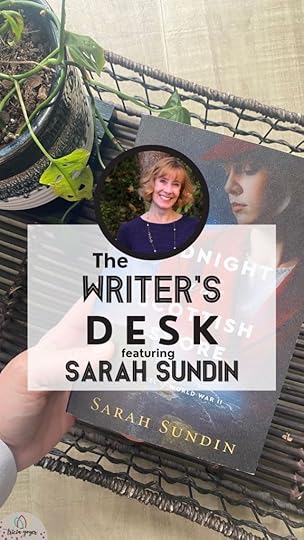 Writer’s Desk with Sarah Sundin
Writer’s Desk with Sarah SundinSarah Sundin is a bestselling author of World War II novels, including Midnight on the Scottish Shore and Embers in the London Sky. Her novel Until Leaves Fall in Paris received the 2022 Christy Award, The Sound of Light, When Twilight Breaks and The Land Beneath Us were Christy Award finalists, and The Sky Above Us received the Carol Award. A mother of three adult children, Sarah lives in Southern California, where she and her husband traipse the trails with their rescue dogs. Sarah teaches Sunday school and women’s Bible studies, and she enjoys speaking for church, community, and writers’ groups. She serves as program director for the West Coast Christian Writers Conference.
Connect with Sarah on her website, Facebook, Instagram, X, and Bookbub, and subscribe to her newsletter.
More about Midnight on the Scottish ShoreIn a time of war, danger lurks beneath the water–and in the depths of the human heart
As the German war machine devours the Netherlands, the only way Cilla van der Zee can survive the occupation is to do the unthinkable–train to become a spy for the Nazis. Once dispatched to Britain, she plans to abandon her mission and instead aid the Allies. But her scheme is thwarted when naval officer Lt. Lachlan Mackenzie finds her along the Scottish shore and turns her in to be executed.
Yet perhaps she is more useful alive than dead. British intelligence employs her to radio misleading messages to Germany from the lighthouse at Dunnet Head in Scotland–messages filled with naval intelligence Lachlan must provide. If the war is to be won, Lachlan and Cilla must work together. But how can he trust a woman who arrived on his shores as a tool of the enemy–a woman certain to betray both him and the Allied cause?
Purchase a copy of Midnight on the Scottish Shore.
Enter to Win One of Five Signed Paperbacks a Rafflecopter giveawayQ&A with Sarah Sundin
a Rafflecopter giveawayQ&A with Sarah SundinARCF: Sarah, we are so excited to be featuring you and your newest book over the next week! Can you share a little bit about Midnight on the Scottish Shore and the inspiration behind it?
SS: A member of the Dutch resistance, Cilla van der Zee finds herself in trouble and desperate to escape the Netherlands. When she learns the Germans are recruiting spies to go to Britain, she leaps at the chance, planning to slip away from German sight as soon as she lands. Her plans go awry when naval officer Lt. Lachlan Mackenzie finds her along the Scottish shore and turns her in, knowing she’ll be executed. But Britain’s MI5 offers a chance to save her life—to become a double agent and send misleading messages to Germany. She works on these messages from her station at Dunnet Head Lighthouse in Scotland…with the help of Lachlan, who is far from willing.
This story was inspired by my husband’s request for a Scottish World War II book, by my youngest son’s suggestion of using the Scottish legend of the selkie, and by my parents’ love of lighthouses.
ARCF: What was the most interesting piece of research you discovered while researching for Midnight on the Scottish Shore?
SS: Since this is my first novel with an espionage angle and my first set in Scotland, I found so many interesting facts. First, the story of “Mutt and Jeff” intrigued me. These two Norwegian men landed in Scotland as spies but became double agents—and MI5 used them to commit fake sabotage! Second, on my research trip we visited the Ring of Brodgar in the Orkneys near Scapa Flow, a “henge” similar to Stonehenge. The visitor center displays a photo of British tanks on maneuvers around these neolithic stones! Appalling, yet kind of amusing. Since it happened during the timeframe of my novel, I included those tank tracks.
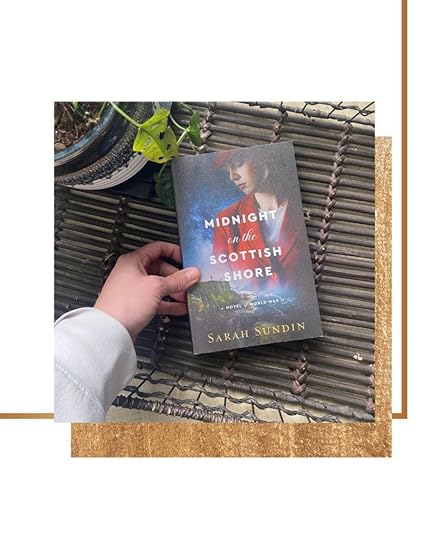
ARCF: Were there any bits of research that didn’t make it into the novel?
SS: Always! Since MI5’s Double Cross program was top secret and Cilla and Lachlan were only allowed to know a minimum, I wasn’t able to include the fascinating and incredible stories of the three dozen or so double agents employed by MI5 during the war. And because of the timeframe of the novel, I wasn’t able to share about the amazing work they did leading up to D-day, how the double agents played a significant role in convincing the Germans that the invasion would come in the Pas de Calais region rather than Normandy.
ARCF: Your books are set during WWII — are there any other genres or time periods you’d love to explore in a future novel?
SS: I absolutely love reading a variety of genres and about a variety of eras—but I don’t see myself as writing anything but WWII in the near future. It takes a long time to build a foundation of research for a new era, and the thought of that kind of exhausts me. Also, WWII fiction remains popular and most importantly, I love writing about the era!
ARCF: What does a typical writing day look like for you?
SS: I am not a morning person, so I start with breakfast, emails, and social media. Then after my morning walk—the dogs demand it!—and my quiet time, I do business work for the rest of the morning. That includes publicity, communications, and other non-creative stuff. Over lunch, I read research books. Then in the afternoon—my best time of the day—I write. This includes outlining, drafting, and editing. It’s so important for writers to find their most-creative time of the day and reserve it for writing.
ARCF: We’ve had some great questions from our Facebook community! Mary asks, what does your research involve? How do you decide on a subject for that particular point in history?
SS: For each new story, I start with broad research then narrow it down, following the story. For Midnight on the Scottish Shore, I researched life in Scotland in WWII, MI5 and the Double Cross program, Scapa Flow (the base of Britain’s Home Fleet in WWII), Scottish lighthouses, and many other things. Research involves reading books, finding reputable websites, and consulting experts. My favorite part of research is visiting the location. For this book, I was blessed to be able to visit northern Scotland and the Orkney Islands—and even take a ferry across Scapa Flow!
New story ideas for me often come from research. I read something that intrigues me, and I think it will intrigue my readers too. But those bits of research don’t come alive until I see the characters who will inhabit that story. Once that happens, I know I have a story. At this point in my career, I have discussions with my agent and editor about these ideas and any direction they have for me.
ARCF: Abby asks, what is your writing process?
SS: I am an outliner, meaning I get to know my characters and story very well before I start my rough draft. In the outlining phase, I fill out character questionnaires and plot charts and other nerdy things. I have multiple steps, and in each step, my story builds. For me, the rough draft goes pretty quickly and editing is fairly smooth, mostly making changes due to research—which is ongoing through the year. There isn’t a right or wrong way to write a novel—but this is the right way for me.
ARCF: Becky asks, what thoughts/steps do you have to take to keep your stories fresh?
SS: This wasn’t an issue when I was first published and only a few of us were writing about World War II. But now it’s extremely popular, so I deliberately look for fresh angles—but fresh angles that will still be fascinating to readers. Those fresh angles can come from setting (like Scotland) or character (like a Dutch refugee/MI5 double agent).
ARCF: Thank you so much for joining us here today, Sarah! Can you share what you have coming up next?
SS: I’m so excited about this story. It’s set in Jersey in the Nazi-occupied British Channel Islands, Dr. Ivy Picot risks her life to treat men who have escaped from the German forced labor camps in her native Jersey. But when Dutch engineer Gerrit van der Zee sneaks maps of fortifications off the island, it could cost them both everything they love.
Save, Pin, Share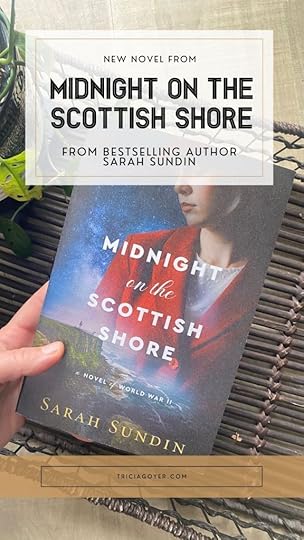
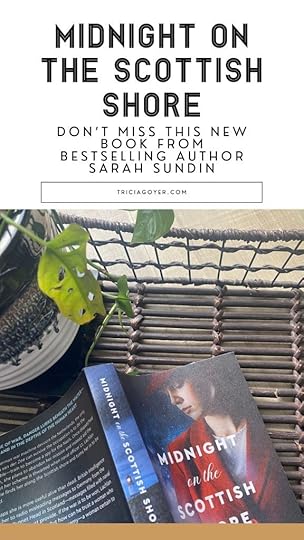
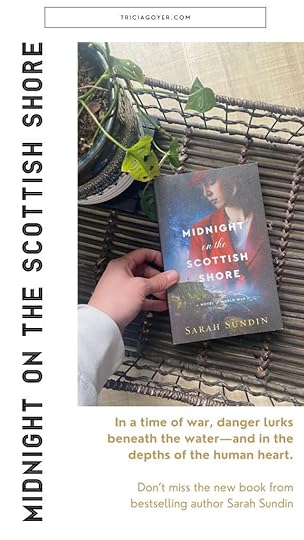 The post Writer’s Desk with Sarah Sundin appeared first on Tricia Goyer.
The post Writer’s Desk with Sarah Sundin appeared first on Tricia Goyer.



